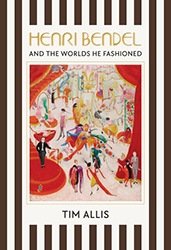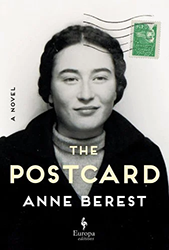France, with anti-Semitism reportedly on the rise — as well as the large numbers of Muslims often living in proximity to Jews — is watched by anyone concerned for the Jewish future in Europe.
Boston University anthropologist Kimberly A. Arkin studied ethnic prejudice among young French Jews during fieldwork at Jewish schools. Many of the students diminish the differences between themselves and Ashkenazi Jews despite what she calls “an economic divide” and cultural distinctions. (The author also speaks of “biological differences,” but differences in coloring do not true “biological differences” make; she does not go into genetic makeup.)
The interviewees also exaggerate the dissimilarities between themselves and French Arabs, though they often descend from Jews from Arab countries, and some French officials had begun to oppose both the wearing of kippot and Muslim religious headgear in public life. One day-school teacher complains to Arkin that Ashkenazim are an endangered “race.”
Many of these young Jews see no future in France and are drawn to both Israel—aliyah is growing — and America. Arkin concludes that “young Sephardim imagined Jewishness, Arabness, and Frenchness as mutually exclusive, primordialized identities.”
Margot, a high schooler whose flashy way of dressing apparently invokes the “rhinestones” of the title, describes Judaism and Muslimness as “inescapable, inheritable essences,” even though Judaism sanctions conversion.
Arkin’s assertions that her findings about Jewish “racism” and ambivalent identity led to her removal from two schools and even to attempts to block her future research may be one of the book’s more compelling aspects.
Also interesting are the parallels to Israel, with its diminished but still-present conflict between Sephardim and Ashkenazim and growing friction between Haredim and more modern Jews (even observant ones). France contrasts with the U.S. in its more successful multiculturalism, but is similar in that in both countries public schools are often seen as “dangerous and flawed.”
While Rhinestones is relevant and technically proficient, the book is simply dry, needing to be put down from time to time rather than leaving the reader asking for more. It comes to life mostly in transcribed conversations, with both teachers and students, and in anecdotes.
Arkin tends to use words that may have to be looked up — “liminality” is one.
This is very much an academic book, which may not draw a large number of general readers. Yet, the subject matter might appeal to many more. Bibliography, index, notes.
Related content:
- The French During the Holocaust and the Complications of History by Lauren Grodstein
- The French Revolution in Austen by Joanna Smith Rakoff
- Facing Paris’s Black Marble Plaques by Kati Marton





